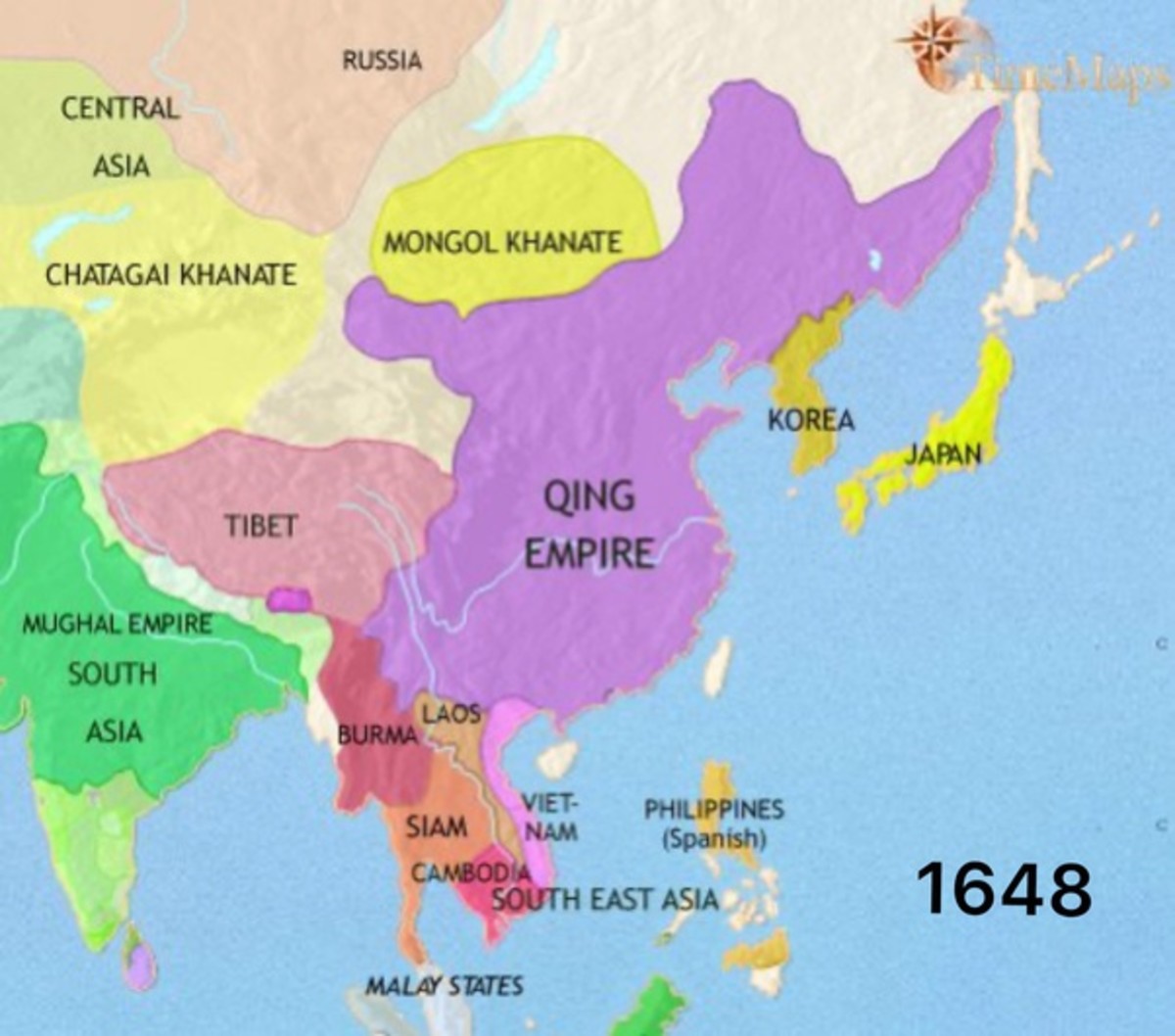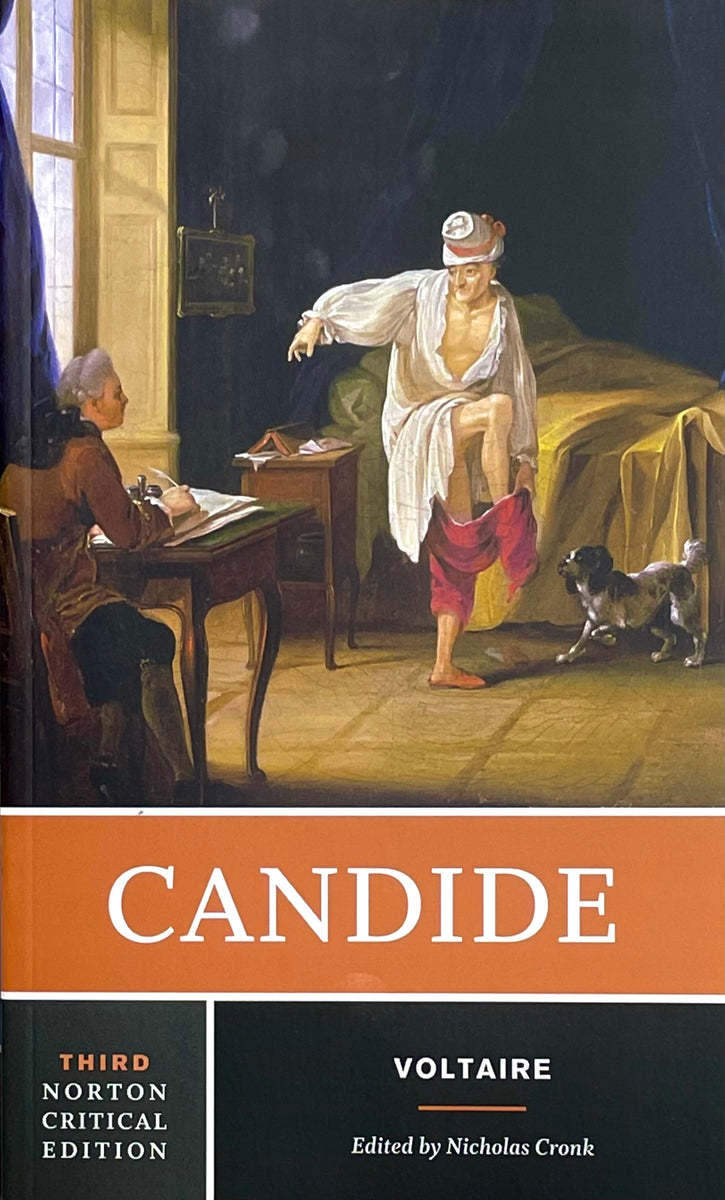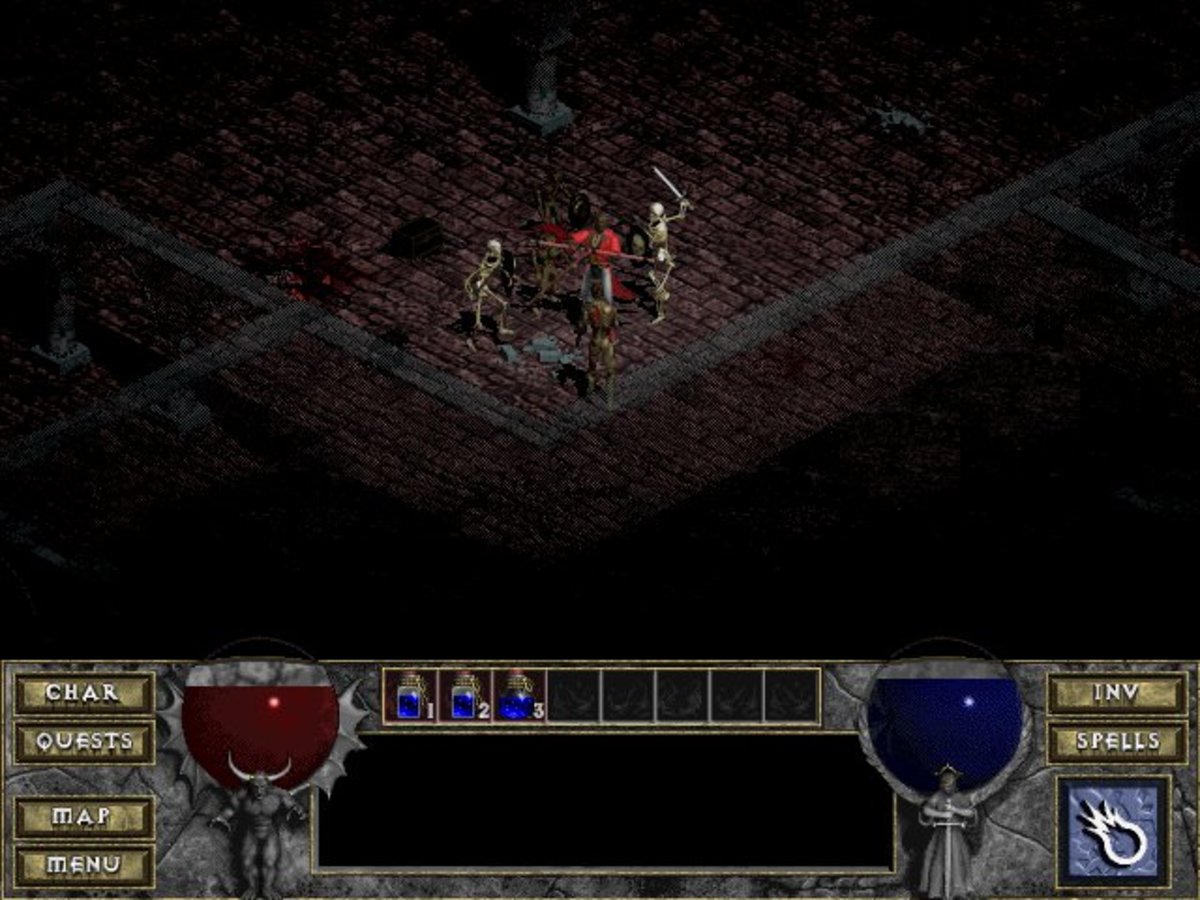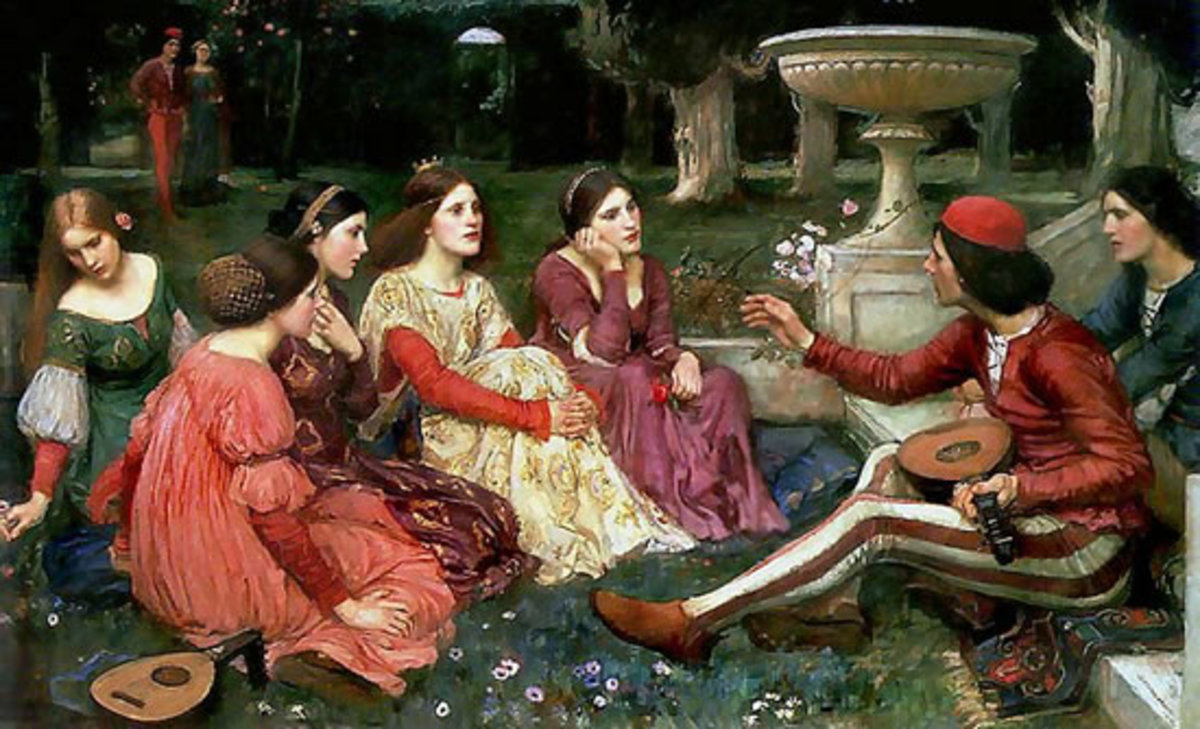Character Elements in 18th Century Works of Satire
Within works of satire, authors use the elements of fiction to further their views of society or individuals and their follies and foibles, usually with the intent of bringing about social improvement by bringing these shortcomings to light. Characters in satire function as both the character element and as representative of a concept or idea meant to further the social criticism. The following discussion includes analysis of several 18th century characters in works of satirical fiction.
Samuel Johnson
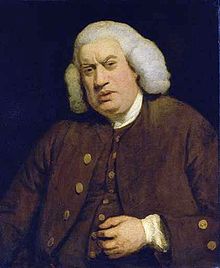
The History of Rasselas, Prince of Abissinia by Samuel Johnson
Rasselas represents Johnson’s view that human beings can only achieve contentment through constant change, a view that also states that human beings are never completely content, but rather are constantly seeking entertainment of some sort to fill the boredom that permeates the human condition. Rasselas’ constant search for new horizons and “greener pastures” also serves to further Johnson’s belief that contentment cannot be obtained through the natural philosophies alone, but instead the supernatural or otherworldly is also needed for a complete solution. The characters’ constant wandering, both mental and physical, is offered as evidence of the human lack of contentment in present conditions, regardless of whether those conditions were hoped for and looked forward to with anticipation.
Imlac represents awareness of the human condition and its lack of contentment, but he is also a point of reality and reason to counterbalance the folly and imagination of Rasselas and his sister. He is, for Johnson, the embodiment of wisdom and instruction. His presence at Rasselas’ side throughout the majority of the book serves to emphasize the futility of constantly searching for something more than what is offered by the present, while also being aware that this is human nature and Rasselas can do nothing else. However, he is also a foil to Rasselas’ naïve hopes that he will find complete happiness at some future point without realizing that it is the search that is needed and not any end result.
The Astronomer provides Johnson with the means of demonstrating the fallacy of devoting oneself to any one particular aspect of human life to the exclusion of all others. He represents the concept that no one is always completely sane and leaning too far in reaching for either totally rational and reasonable thought or total madness can be seen as two sides of the same situation. He serves as an example to Rasselas that total devotion to any science or philosophy will not lead to a completely rational and reasonable mind, but rather its opposite, in Johnson’s view. By personifying this opposite, the astronomer is descriptive of Johnson’s belief that both reason and madness are present within the human mind and that both must, by necessity, achieve some form of balance.
Voltaire
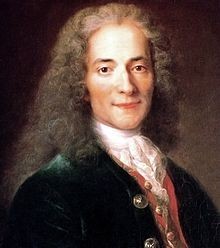
Candide, or Optimism by Voltaire
In Voltaire’s world of satire and irony, Candide is an instrument used to represent the human tendency to blindly and unquestioningly accept the philosophy and doctrine provided by authorities of Church and State. Candide’s consistent search for “the best of all possible worlds” also represents for Voltaire the futility of clinging to the ideal that there is something better somewhere else, whether it be in some form of an afterlife or in some other part of the present world. Candide is Voltaire’s tool for attacking those members of the literary world who insist that rationality and reason will always triumph and that there are no questions, theological or otherwise, that cannot be answered by science and reason.
If Candide is the epitome of the gullible human that falls for any doctrine, Pangloss is the provider of the doctrine. However, in his own way, he is just as delusional in his beliefs that, while his philosophy may not hold true to the end, he must nonetheless hold true to his philosophy. Although he has a theory about everything, he is also disconnected from the rest of the world, in much the same way as Voltaire sees a disconnect between what he perceives to be reality and the theology being fed to the general populace by both Church and state. For Voltaire, Pangloss represents what would currently be referred to as a puppet, mouthing the words and unquestioningly going through the motions of the established authorities of his time.
Martin represents the opposite extreme of Candide and his “optimism.” Martin personifies disillusionment with the world and all the philosophical doctrine that goes along with it. If Candide tends to believe everything that is told to him by such authority as he sees in the likes of Pangloss, Martin believes nothing. While Martin can be seen as the ultimate in pessimism as the opposite of optimism, he is closer to representing Voltaire’s version of reality and his choice to reject current ideologies and philosophies of his time.
Laurence Sterne
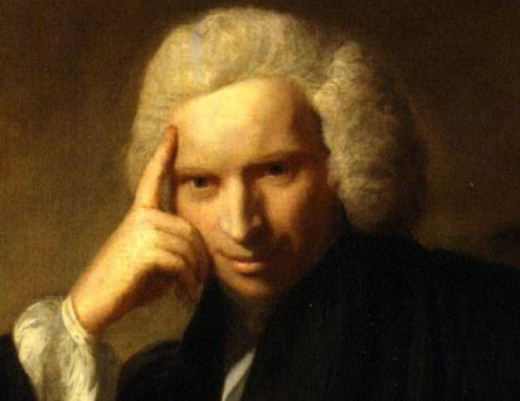
The Life and Opinions of Tristram Shandy, Gentleman by Laurence Sterne
Tristram as the author is both representative of the process of authorship and instrumental in satirizing the typical structure of the novel of Sterne’s time. He is also instrumental in providing some distance between Sterne himself and his work, in much the same way as Sterne does when publishing a collection of sermons in another work and listing them as the sermons of Yorick. As Sterne delighted in double meanings, so Tristram often states exactly the opposite of what he means. This is evident in such passages as that of chapter forty in volume six, in which he states within a digression that he will take no further digressions.
Tristram as the fictional character can also be seen as representative of the unfortunate conception that is born of an overabundance of intellect overpowering common sense. The series of unfortunate events that occur within the brief glimpse of Tristram’s life that we are privy to, from the mistake in his baptism to the circumcision by the window sash, serve to illustrate this point. Add to this mix the fact that Sterne has a Catholic man-midwife assist his birth on Guy Fawkes Day and the recipe for disaster can be foreseen from his first day of existence.
Walter Shandy represents an overabundance of intellect at the expenses of common sense and the acceptance of his own emotions and sentiments. He is Sterne’s means of ridiculing the type of intellectual being who takes book learning and reason to such an extreme that he disconnects from the world around him. His is a quixotic kind of existence in that he is so engrossed in his theories and ideas that he neglects to notice the very real aspects of life that go on around him and without him, such as Tristram’s growing up faster and moving beyond the theories for his upbringing that Walter is composing.
Elizabeth Shandy is the counterbalance to all of the men in the book in that she represents common sense and an anchor in practical reality, as opposed to the obsessive pursuits of the various “hobby horses” of the men. Mrs. Shandy, for Sterne, provides a measure of practical reality with which to gauge the men of the book. She is both disinterested and contemptuous of the behavior of the men, a view that serves as another veiled means for Sterne to satirize the results of becoming so immersed in one’s own interests that reality tends to become distorted.
Trim is representative of the sexual virility that is lacking in the Shandy men. Along the same lines, Trim can be seen as representing the ability to enjoy various aspects of life without becoming overly obsessed with any one aspect, a quality that is also lacking in the Shandy men. While Trim is interested in the military re-enactments, he does not show the same level of obsession as is found in Toby Shandy. Trim is retired military and still very much in the mode of service to a superior officer in the person of Toby, but he is not so immersed in the reliving of past battles that he fails to notice or enjoy what the present has to offer. In this way, he provides a contrast to Uncle Toby that serves to further emphasize the ludicrous contradiction of character that comprises the latter.
Sterne’s strong opposition to the Catholic religion is represented by the character of Dr. Slop. The combination of Dr. Slop’s being a Catholic and being present on Guy Fawkes Day, which is also Tristram’s birthday, are both obvious references to Sterne’s views of Catholicism as destructive as well as negative. The result of the use of the forceps to assist in Tristram’s birth, almost immediately following the discussion of the Inquisition, furthers this assessment that Sterne wishes to portray the Catholic religion as violent and destructive.
As part of the story of Tristram, “dear, dear Jenny” is an instrument of ambiguity in that her role in relation to Tristram is intentionally not clarified, in much the same way that Sterne’s relationship with the real version was known to be one of affection but it is unclear whether it was a physically consummated affection. In this respect, she can be seen to represent Sterne’s exploration and experimentation of relations between the sexes. In addition, as “dear, dear Jenny” is the fictional version of a personal acquaintance of Sterne, one who was likely exiled from France due to her and her family’s refusal to convert to Catholicism, she is often found in conjunction with his diatribe against the Catholic religion.
Yorick, in Tristram Shandy, is the closest representation of Sterne and his satire, in the early years of his career. Yorick is the result of Sterne’s career disappointments and familial disputes. While Tristram can be seen to document the process of writing and authorship, Yorick’s life and commentary more closely mirror Sterne’s own life and views throughout the work.
A Sentimental Journey and Continuation of the Bramine’s Journal by Laurence Sterne
Yorick, in Sentimental Journey is more loosely representative of Sterne himself, as he was later in his life. Although the journey undertaken by Yorick bore little resemblance to Sterne’s actual travels, both traveled for the same reasons, in the hope for improved health and in likely attempting to outrun or otherwise avoid death. In addition, Yorick’s travels are representative of Sterne’s search for more appropriate companionship with the opposite sex than had been found through his marriage.
Eliza represented Sterne’s desperate attempt to cling to life in spite of his debilitating illness. For Sterne, Eliza was the ideal image of all that he did not have within his marriage. She portrayed not only the attraction of a forbidden love affair, but also the ideal of a woman that he could consider as his equal and could reciprocate his feelings. Eliza was the object of all of Sterne’s desperation for both life and happiness within that life.
Sterne, writing the Bramine’s Journal, is at his most vulnerable toward the end of his life. He is representative of the desperation of clinging to life when death is near and of the overwhelming desire to find some form of immortality, a condition that he feels personally but that is also part of human nature. He writes in a desperate attempt to believe that his feelings for Eliza are reciprocal because of his belief that he will continue to live as long as he continues to feel. He also writes in the desperate attempt to achieve immortality by engendering both sympathy and fond memories from Eliza, in addition to the immortality of having his written works live on.
The Marquesina F*** is representative of the flirtatious and open character of women in parts of the world other than England, as seen by Sterne. She is the beginning of Yorick’s emerging from his solitary wanderings and choosing to rejoin society and human companionship. Much like Sterne, Yorick is traveling in an attempt to improve his health and prolong his life. As it is human nature to reach for life when exposed to death, the Marquesina F*** provides the illusion of temporarily sustaining life through intimacy.
The fair grisette is representative of both the sense of direction and the affections that Yorick is seeking throughout his travels. Similar to the other women of the book, she provides a means of grasping life. By feeling her pulse, Yorick is confirming the existence of life and maintaining hope that his desperate attempts to maintain his own life are not completely futile.
The fille de chambre is yet another aspect of Yorick’s search, this time representing what is attainable as opposed to what is not. She is also representative of the chase, both for the ability to sustain life and for the attentions of Madame de L***, which in the end may be the same thing in Yorick’s and Sterne’s way of thinking. As the Madame de L*** is just out of reach throughout the story, the fille de chambre provides only part of the solution that Yorick is seeking in that she shows herself to be quite attainable, at least temporarily, and once again provides the illusion of sustained life through intimacy of some sort or another.
Johann Wolfgang Von Goethe
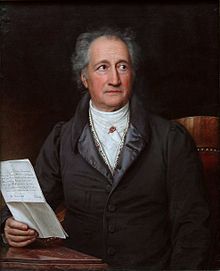
The Sorrow of Young Werther by Johann Wolfgang Von Goethe
For Goethe, Werther can be seen to represent the author’s darker side and possibly his fantasy of being able to maintain a childish mentality while playing at a man’s game. As The Sorrows of Young Werther is described as loosely autobiographical, Werther can be seen to represent Goethe’s thoughts with regard to his own early romantic exploits and opinions. In opposition to this, Werther serves as a warning against succumbing to the human tendency of most desiring that that is most unattainable.
Lotte is representative of that which is forbidden in human desires. She is the unattainable object that is therefore most desired. At another level, she can be seen as representative of temptation in that she does not discourage further attentions from Werther when she realizes his feelings for her, but rather she subtly encourages them. At the same time, she is the ideal of innocence and purity for Werther, an ideal that would somehow be tarnished if she were ever actually obtained.
The editor of The Sorrows of Young Werther provides the author with a mask with which to disguise himself and further distance himself from the characters he is portraying. While the art of writing is distancing in itself, the use of another persona such as the editor as the supposed composer of the work provides another layer of subterfuge for the actual author. Although the work is admittedly autobiographical in parts, Werther does not provide a complimentary picture of the author himself. Thus, hiding behind an editor as portrayer of the story provides Goethe with the distance to be able to deny at least some of the characteristics of Werther without actually denying the circumstances of the story as being taken from his own life.
Sources
Goethe, Johann Wolfgang Von. The Sorrows of Young Werther. Trans. Michael Hulse. London: Penguin Books, 1989. Print.
Johnson, Samuel. The History of Rasselas, Prince of Abissinia. London: Penguin Books, 1976. Print.
Sterne, Laurence. The Life and Opinions of Tristram Shandy, Gentleman. London: Penguin Books, 1978. Print.
Sterne, Laurence. A Sentimental Journey and Continuation of the Bramine’s Journal. Indianapolis: Hackett Publishing Company, 2006.
Voltaire. Candide, or Optimism. Trans.Theo Cliffe. London: Penguin Books, 2005. Print.

